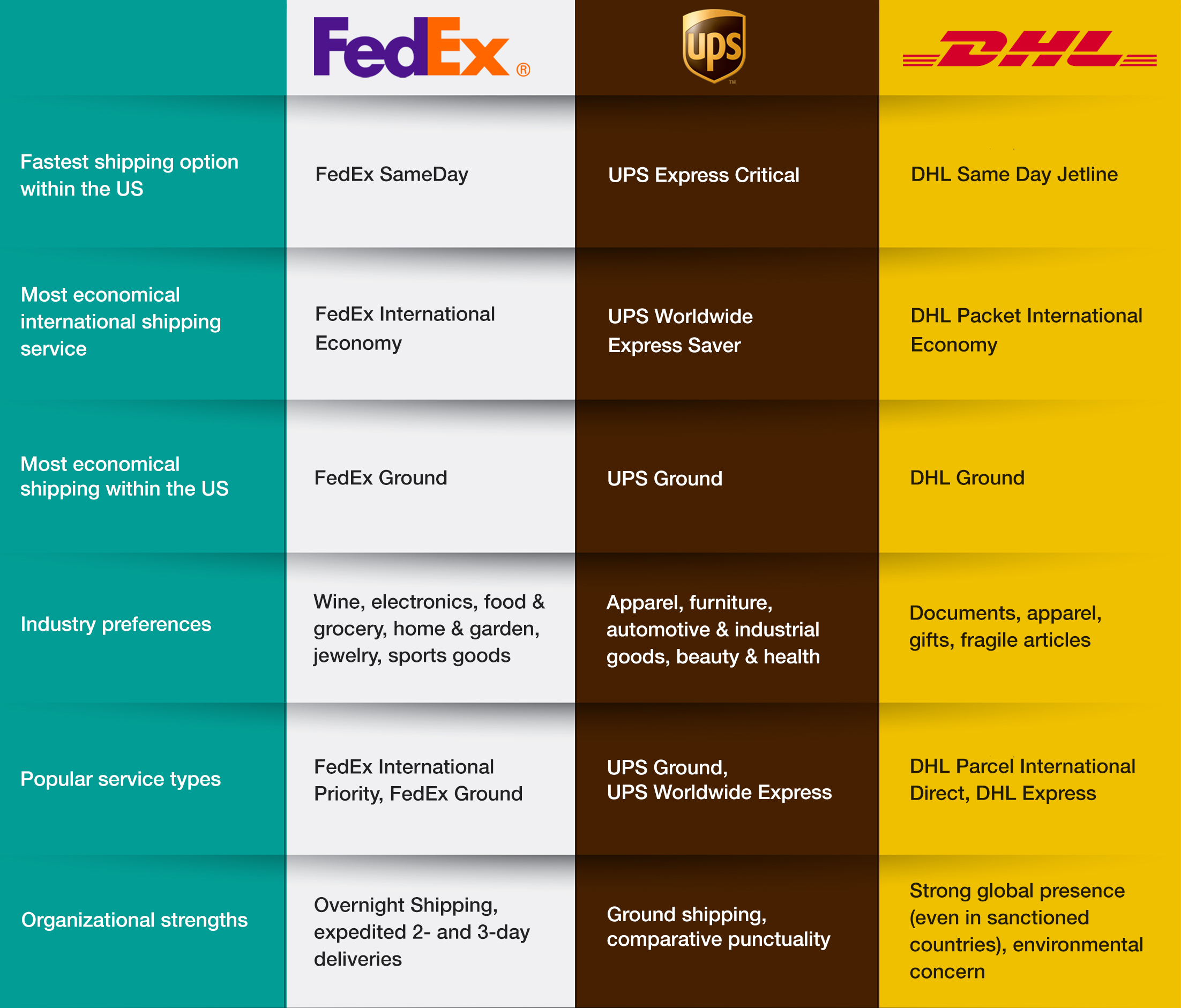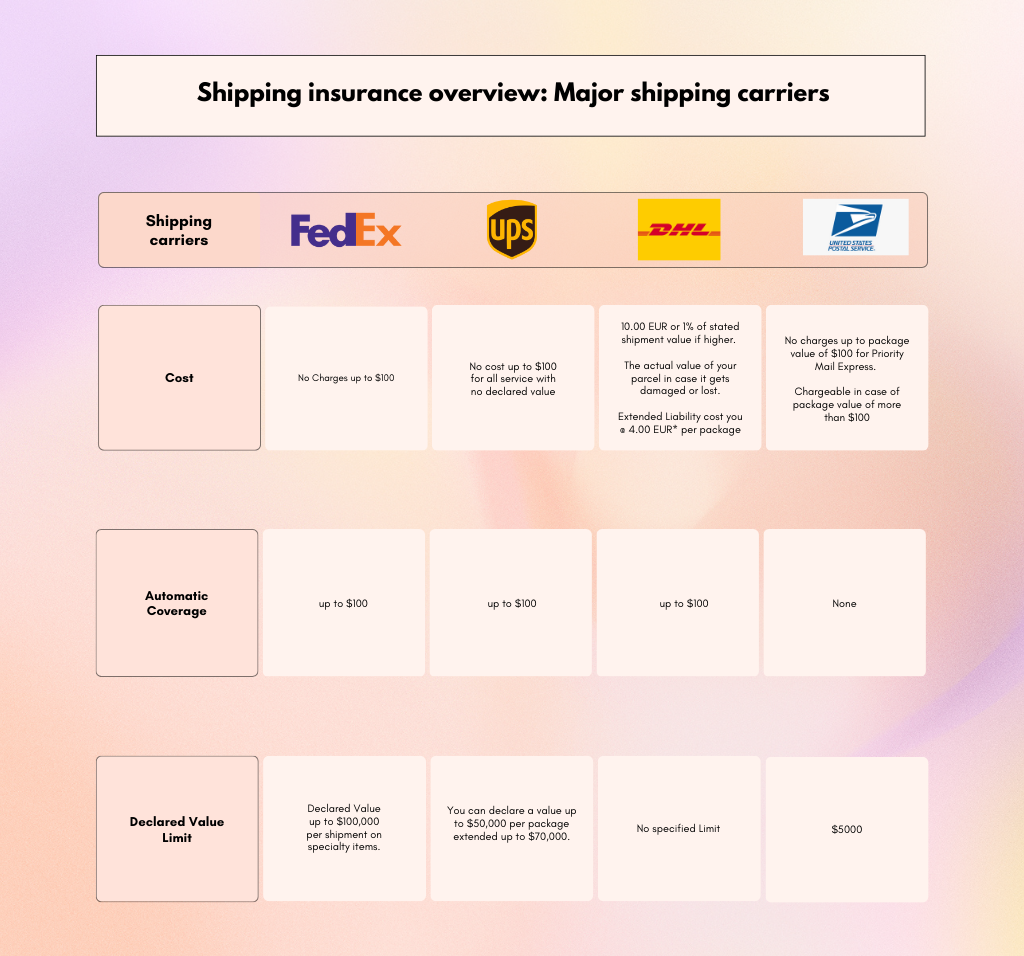Shipping is one of the top expenses for e-commerce businesses. In fact, it can account for up to 25% of the total cost of an online order (only next to production at 30%).
But most of the factors associated with production costs are under your control and can be easily cut down to see profits.
Shipping, on the other hand, is a task that is outsourced to a third-party shipping carrier and is filled with events that happen out of your control. This can lead to excess shipping costs that have the potential to eat into your profits and also affect your customer satisfaction. Thus, it’s important for e-commerce businesses to find ways to save on shipping costs, if they’re looking to thrive in the long run.
Luckily, there are a number of things that you can do from your end. To help you do just that, here are some tips to optimize your shipping strategy, reduce your shipping expenses, and save money.
#1 Use The Right Shipping Carrier
We don’t want to start a rumble here but the truth is that the carrier you use plays an important role in how much your shipping bills turn out to come.
So, we’ll start the first step to save on shipping costs in choosing the right shipping carrier. There are multiple shipping carriers such as DHL, FedEx, and UPS — each of them with their pros and cons.
Compare different carriers and services
Don’t settle for the first shipping option you find.
Compare the prices and benefits of various options and choose the one that suits your needs (delivery times, preferred destinations, package size, weight, and value) and budget.


Negotiate with your carrier
An additional way to get great discounts from your shipping carrier is to use multiple carriers, based on your products or destinations.
With multiple carriers at your disposal, you can negotiate lower rates and save by simply asking.
#2: Choose The Right Shipping Option
Not just major decisions like choosing a carrier, even small decisions like choosing a shipping option, impacts your saving.
Consolidate your shipments
If you’re shipping multiple orders at once, consider consolidating them into one shipment. This can save you money, as shipping carriers often offer discounts for larger shipments.
Use dimensional weight shipping
Dimensional (DIM) weight shipping is a pricing method that takes into account the size and weight of a package. This can save you money on shipping costs, especially if you’re shipping lightweight but bulky items.
Use flat rate or prepaid shipping
Flat rate shipping means you pay a fixed price for a certain size or weight of the package, regardless of the destination. Prepaid shipping means you buy postage in advance at a discounted rate, and then use it whenever you need it.
Both options can help you avoid unexpected surcharges and simplify your shipping process.
#3: Optimize your packaging
The weight and size of your packages will affect the shipping cost significantly. This makes optimizing packaging a huge priority.
Use the right size of packaging
If you use a box that is too large for your product, you will be paying for empty space. Conversely, if you use a box that is too small for your product, it may not be able to withstand the rigors of shipping, which could lead to damage and returns. It is best to use a box (or envelope) that is not too oversized but is just right for your product and filler material.
Use sustainable packaging materials
Apart from being sustainable in nature, recycled or eco-friendly packaging materials are mostly cheaper and make your packages weigh lighter than usual, which can save you money on shipping rates.
#4: Use Tools That Help You Optimize Shipping Rates
Shipping is a complicated task, where initiating and maintaining cost optimization can be difficult when done manually. For your benefit, there are several tools that you can make use of to do the heavy lifting on your behalf.
Shipping management system
A shipping management is a software application that helps e-commerce businesses manage their shipping operations by tracking and optimizing shipping rates. Shipping management systems can be a valuable tool for businesses of all sizes, but they are especially helpful for e-commerce businesses that ship a large volume of orders.
When it comes to shipping cost cutting, a shipping management software helps you:
- Calculate shipping costs based on the weight, dimensions, and destination of a package.
- Compare rates from different carriers so that businesses can choose the most cost-effective option for each shipment.
- Automate the shipping process like label generation to save money and time
And much more. By gaining insights into this valuable shipping data, shipping management systems can help businesses save time and money in the long run.
Some common shipping management systems are Shipstation, Easyship, and Stamps.com.
Parcel audit solution
A parcel audit solution is a software application that helps businesses identify and recover overcharges on their parcel shipping invoice. These solutions typically work by comparing the shipping charges on a business’s invoices to the rates that the business has agreed to with its shipping carriers. If the software finds any discrepancies, it will flag them for the business to investigate.
A traditional parcel audit is done through the following steps:
- Shipping invoices are collected and reviewed to identify potential overcharges
- A report with a summary of findings along with corrective actions is prepared to be shared with the shipping carrier
- Regular follow-up is done to ensure that the overcharges are recovered via refunds.
Apart from identifying errors and recovering refunds, regular parcel audit also helps to improve the accuracy of shipping carriers by keeping them in check, so that such overcharges don’t occur in the future.
If you are looking for a way to save money on your parcel shipping costs, then a parcel audit solution is a good option like LateShipment.com to consider.
Bonus
Apart from the usual tips, there are also several tricks that come in handy while saving shipping costs, especially if you’re a small business owner.
- Understand your market well – If more of your customers are located in a particular region, you can negotiate lower shipping rates with carriers that serve that region or even set up a regional warehouse. This way, you can ship products from the closest warehouse to the customer and save on shipping costs.
- Be mindful of when to ship: Shipping rates can increase during peak shipping times, such as the holiday season. On the other hand, shipping during off-peak times, when carriers are less busy can save you money on shipping costs. To compensate for the increased demand, you can proactively notify your customers to start their holiday shopping early and also inform them of shipping costs being expensive with the possibility of delays.
- Incentivize in-store pickup: If you also have a brick-and-mortar store, you can offer in-store pickup as an option for customers. During the busy season when you’re worried about shelling huge costs on shipping, you can just spend a part of it to encourage customers to opt for in-store pickup.
Conclusion
Shipping is an essential part of running an e-commerce business, but it doesn’t have to be expensive. By following these tips, you can save money on shipping and improve your customer satisfaction and retention. Remember to always compare different carriers and services, negotiate with your carrier, optimize your packaging, and use tools that can enhance your saving capabilities. Happy shipping! 📦



